-
Google Design Sprints
Blue Cross Blue Shield of MI
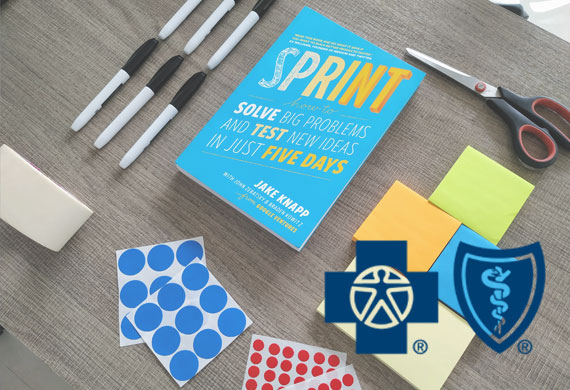
-
Cross-Cultural Research
Accenture

-
Atomic Research Database
Accenture
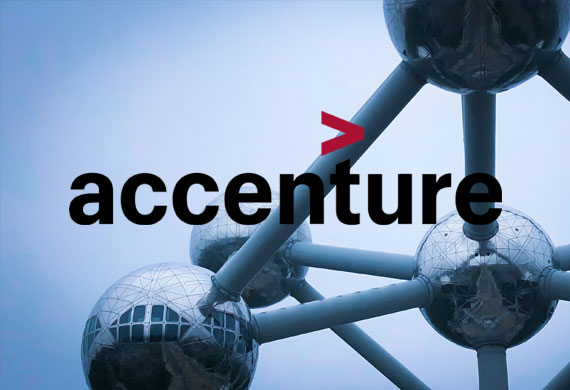
-
Service Design
Accenture
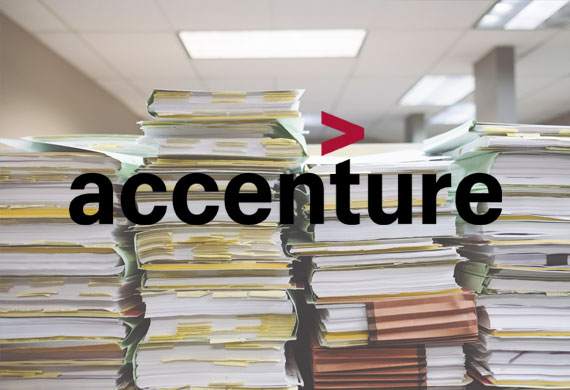
-
User Experience Strategy
Blue Cross Blue Shield of MI
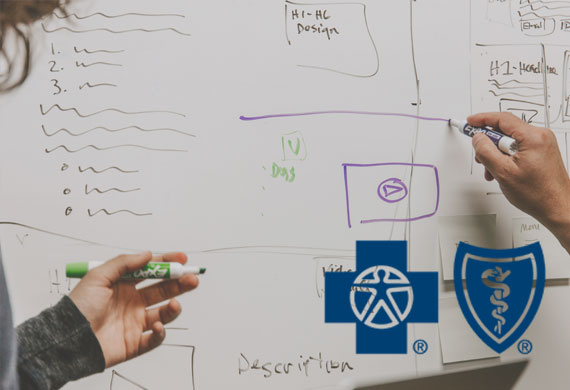
-
Participatory Design
Blue Cross Blue Shield of MI
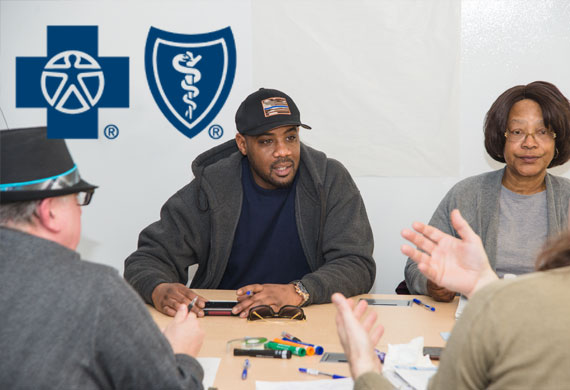
-
Social Psychology in Games
London School of Economics

-
Lean UX
Accenture
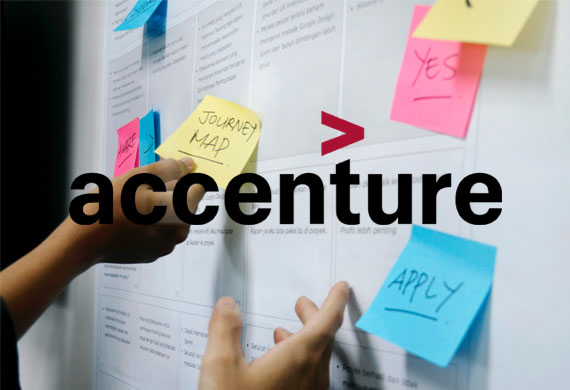

Ethics in Design
As a user experience professional, we are responsible for the effect our designs have on the world and our users throughout the lifecycle of our products.
Our designs can have a tremendous impact on people's lives in both intentional and unintentional ways. Because of this, ethical research and design is extremely important to me and something I integrate into every project I work on.
A great example of this is my work during my fellowship with Citizen Interaction Design. The following is an outline of the project which focused on making rental inspection data in the City of Jackson, Michigan more transparent.
- May 2016 to Aug 2016
- User Research, Graphic Design, Product Management
- City of Jackson
- Adobe Illustrator, Adobe Photoshop
The Challenge
Inspection data can be useful for renters because it helps them avoid renting properties that are poorly maintained and possibly dangerous. On the other side, this data can also help landlords purchase better houses to rent out without getting stuck buying properties that have open violations they would have to pay to fix.
Currently, if Jackson residents want to look up rental inspection data, they have to use an online portal managed by a third-party which suffers from many usability issues, and it is difficult to find inspection data even if you have used the portal before.
By making this data more transparent, there is a possibility that the housing stock in the City of Jackson could improve considerably as it becomes easier to identify and avoid poor rental properties.
The Who
My Role

UX researcher and designer, product manager, graphic designer
The Team

Developer
Finding a Solution
My process to find a solution to this challenge could be broken down into the following three steps:
1 User Research
2 Designing New System
3 Usability Testing
4 Community Relationships
User Research
As part of this project, I conducted a considerable amount of user research to make sure that I truly understood my end users and the problems that they faced. The user research took a number of different forms including but not limited to:
GIS
To get a better understanding of demographic and economic datasets such as age, race, gender, smartphone usage, and income
Contextual Inquiries
Of landlords and City staff to understand what task they were trying to accomplish and the overall inspection process
Interviews
With landlords, renters, realtors, City officials, and community organizations to get a deeper insight into each group's needs and wants
Surveys
Distributed through community organizations and the City's social media outlets to identify the types issues residents found important
My research demonstrated a clear power struggle between renters, City Hall, and landlords.
Renters, especially low-income renters, felt very marginalized and taken advantage of by the City and landlords. They struggled to find safe and adequate housing and felt that they could not report bad landlords without facing repercussions.
On the other side, City officials and landlords felt considerable animosity towards each other. Landlords felt the City was imposing a heavy financial burden on them through fines while the City felt that many landlords were trying to avoid rental regulations.
Conducting Ethical Research
Inclusivity
To make sure that my research was as inclusive as possible, I worked hard to recruit interview subjects from as many places as possible to make sure I had a diverse as group of subjects.
For example, to recruit renters, as well as interviewing more middle and upper-class renters near my office, I also waited outside the local food bank and developed relations with community services such as Legal Aid to recruit low income renters.
Confidentiality
Additionally, as many of my end-users, especially the renters, were parts of vulnerable population groups who were not always legally secure and could be at risk of reprisal attacks, it was crucial to that responses were kept confidential.
I made it clear to my participants that I would not link any identifying information to their responses. This allowed them to give more honest feedback.
Personas
Using the data collected during my user research, I constructed personas for the key users in the space. I kept my personas lightweight so that they focused only on verifiable and information relevant to the designs.
Renter Persona
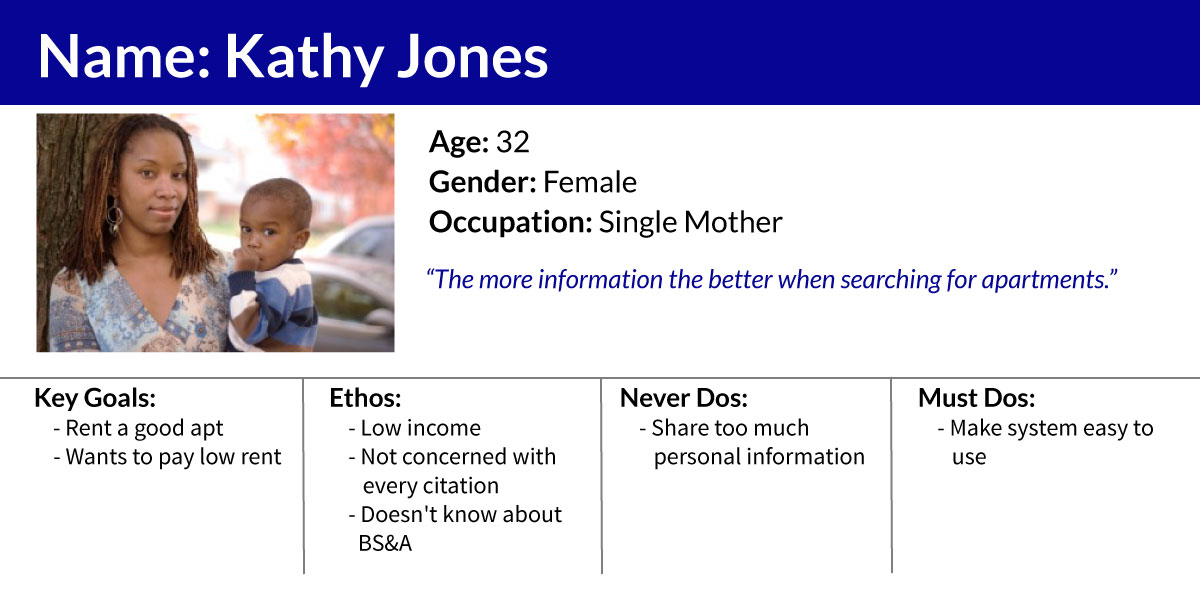
Landlord Persona
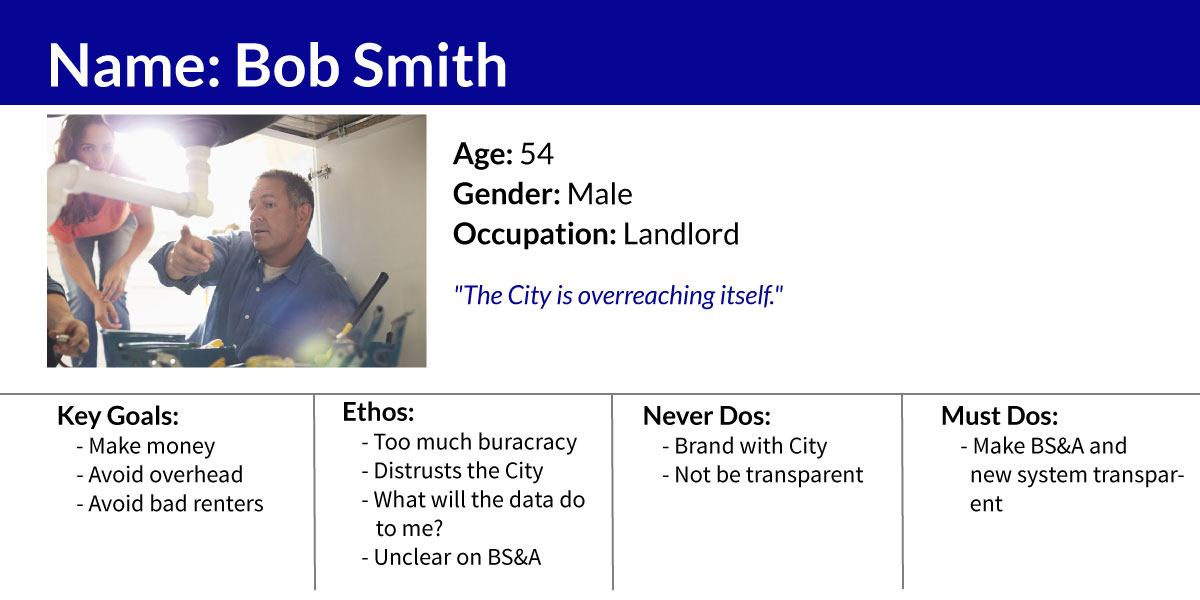
Creating Ethical Personas
Subtle factors such as the composition of the profile picture or even the name used can have subliminal effect on our impressions of a persona. I have seen poorly chosen pictures turn team members against personas.
Thus, I made special effort to remove any bias from my personas and make them as representative of my end-users as possible. I researched and used the most common names in each demographic and validated all my data with secondary sources such as GIS datasets.
Designing a New System
Before designing, I did a competitive analysis on seven key competitors including Craigslist, AirBNB, and a website constructed by the City of Chicago using GIS to show City data.
Then using the insights gathered from user research and competitive analysis, I started designing a replacement service for the City called Rental Check.
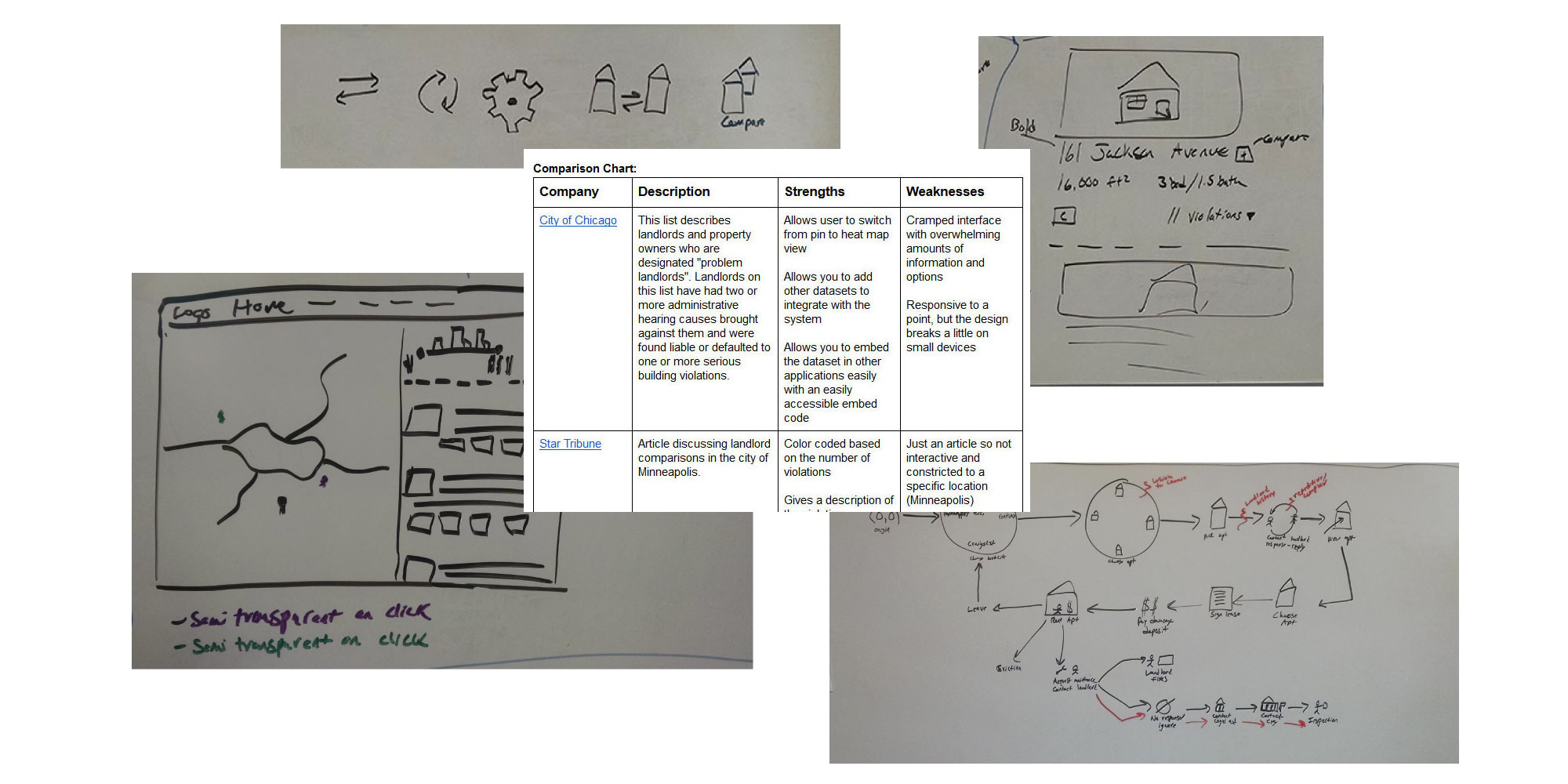
After settling on the best wireframe layouts and prioritizing the best features, I started to create mock-ups using Adobe Illustrator. A few examples of the mock-ups I developed can be found below (more can be found in the full mock-ups documentation).
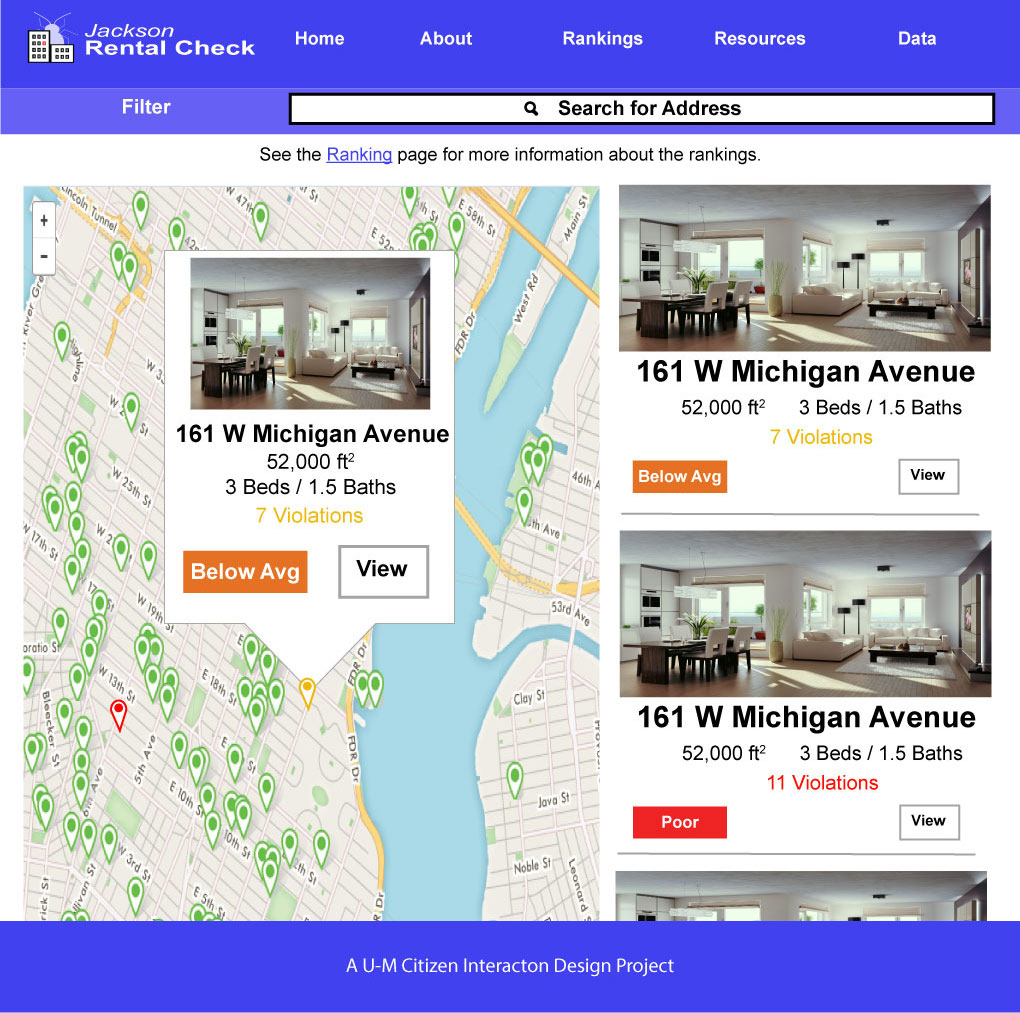
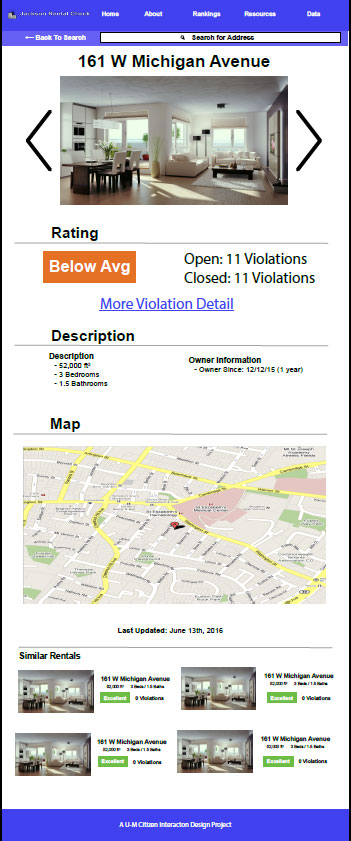
Designing Ethically
Transparency
In a system such as Rental Check where apartments were being ranked according to livability, transparency is incredibly important. Without sufficient transparency, trust in the system is eroded. Thus, my designs clearly demonstrated the algorithms I used to produce the rankings.
Additionally, the ranking scale used has enormous ethical implications. For example, I initially wanted to use a letter grade system for rankings; however, I soon realized that this approach could inadvertently penalize some landlords.
For example, grade inflation means that now a C or D has as much stigma as an F. And where I chose to draw the line between different letter grades could have dramatic consequences for landlords.
Creating Ghettos
Another ethical issue I tackled when designing was how my designs could affect the desirability and demographics of certain areas of the city.
The City of Jackson was already somewhat segregated along income brackets, and I was concerned that showing concentrations of poor housing stock could mean that the most vulnerable residents who did not have the resources to move to better areas could be trapped in the least desirable neighborhoods.
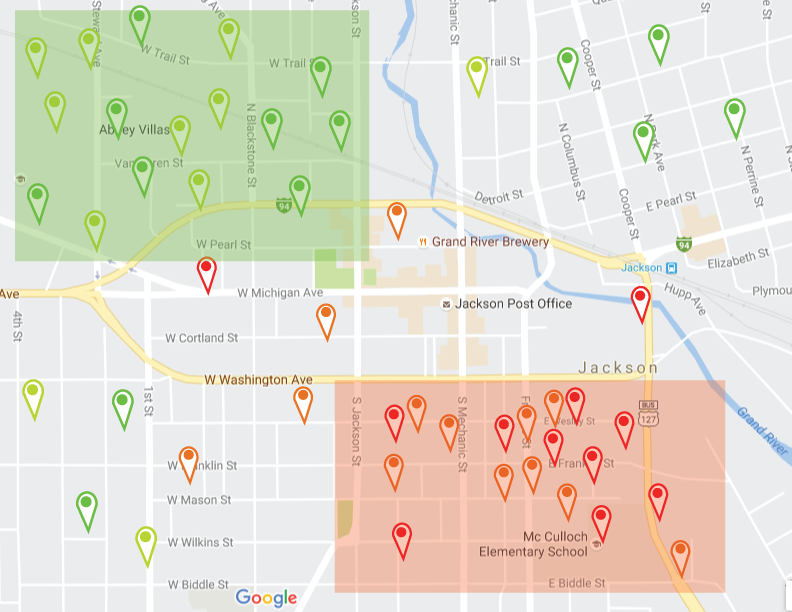
Landlords would then have no motivation to improve the housing standards as the vulnerable residents would not be in a position to push back against them.
This is an ethical issue that I still struggle to find a good solution to even today. By shining a light on the issue, it makes it easier to correct, but it also brings the issue to the foreground.
Usability Testing
To make sure that my designs were clear and met my end-user's needs, I tested mock-ups of my designs with renters in the City of Jackson.
Overall, users appeared to be able to navigate my designs quite well. However, my designs did have to be adjusted based on some of their feedback.
For example, users expressed an interest in being able to easily see which violations were open and which were closed, so I listed this information right on the rental page so users could quickly scan rental properties. Additionally, my filter interface was a little clunky for users, so I trimmed it down to make it easier to use.
Conducting Ethical Research
Usability testing is an important part of the UX process, and as with any research it is important to remove as much bias from the findings as possible.
So, just like with my surveys, interviews, and contextual inquiries, I made sure to select participants from diverse backgrounds and kept their responses confidential.
Developing Community Relationships
A large part of this project required me to negotiate relationships with local community organizations such as:
- Legal Aid
- United Way
- Community Action Agency
- Emergency Needs Council
- Jackson 2-1-1
- Fair Housing Center of Southeast and Central Michigan
- Michigan Housing and Development Authority
I hoped that these relationships would lay the foundation for the sustainability of my project, with one of the organizations perhaps eventually even taking over the project.
I met several times with many of these organizations, and I tried to incorporate secondary features (such as the ability to download our data) into my designs that would help them with their missions.
The Outcomes
A website where users could search rental properties, see detailed information on properties, find resources for renters, and find profile pages for each landlord.
Current System
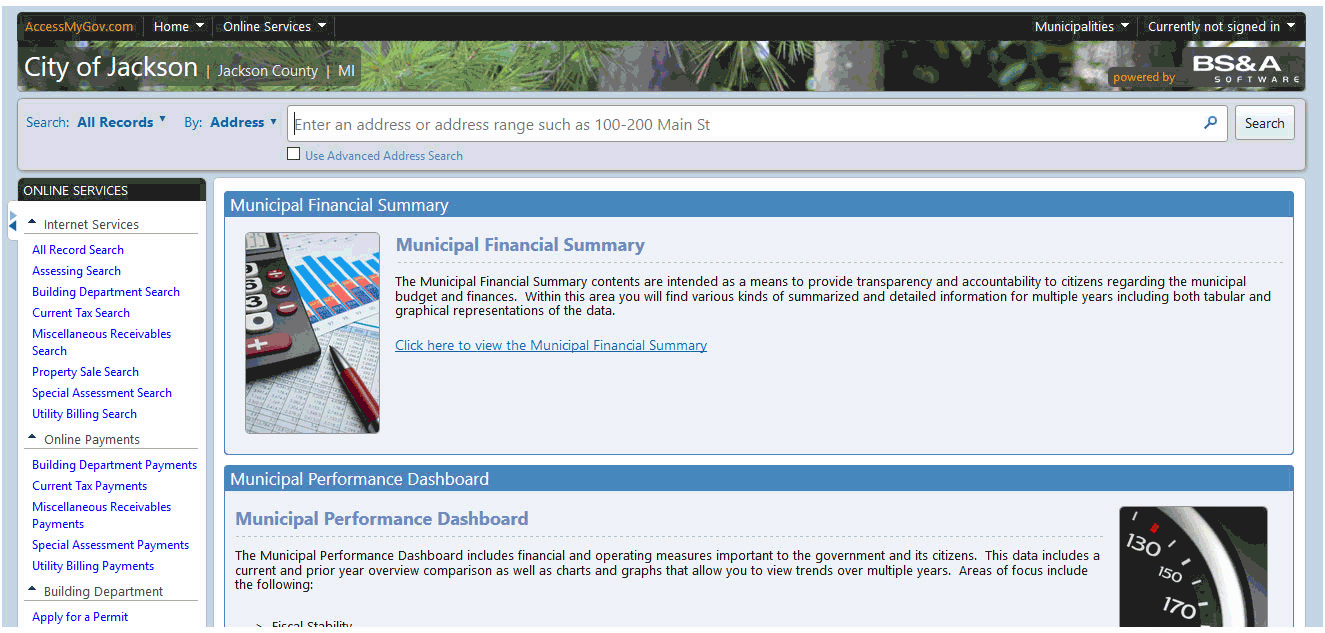
Proposed System

The new website had a much more minimalist and user-friendly design and integrated related information such as local services. As mentioned above, I took great pains to keep the entire system transparent to all users to ensure both landlords and renters trusted the information presented.
Currently, the basic design behind Rental Check is being used to try to set-up a similar system in Ferndale, MI. If it turns out to be a success, it will be rolled out to other communities as well.
MiCities Conference
After completing my project, I had the opportunity to present at the MiCities Conference on how to approach design ethically with open data sets.
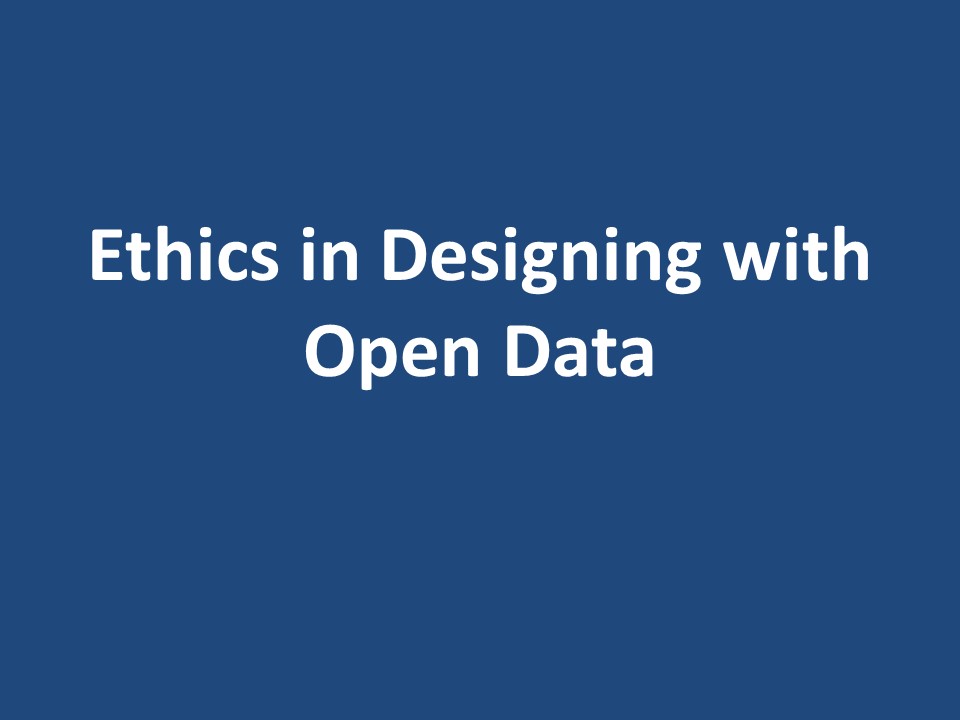
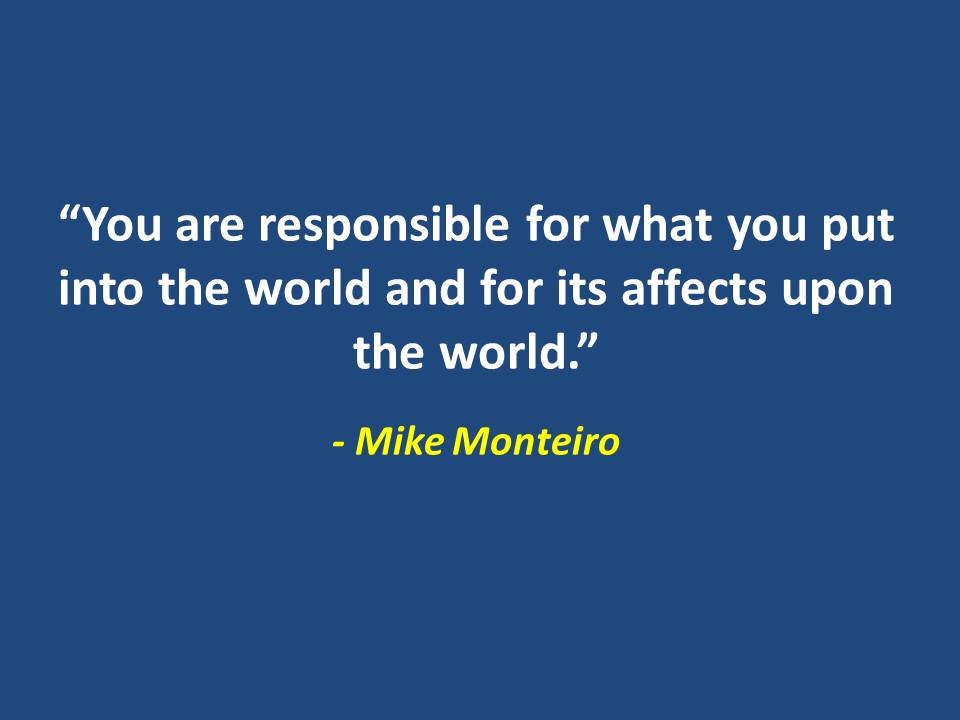
The presentation was very well received, and I think I made a great impact on how other designers approach their work.
The Learnings
This project was a great learning experience for me, especially in terms of client relationships and management. I learned a lot about how to handle key client stakeholders and deal with unpredictable situations and findings.
Skills Developed
- Product Management
- Graphic Design
- Client Relationships
Skills Enhanced
- User Research
- Interaction Design
- Ethical Design


